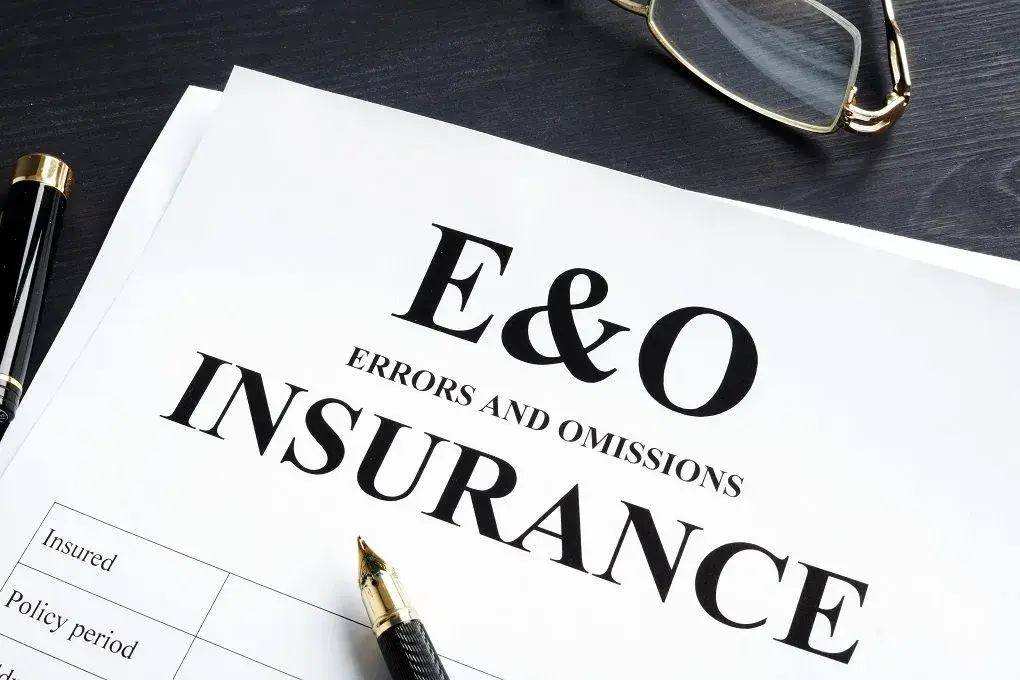When someone buys a brand-new Errors & Omissions (E&O) or tail insurance policy, there’s one small detail that quietly carries huge weight—the retroactive date. Especially if you’re swapping professional liability insurance carriers, this date decides how far back your protection actually stretches. It’s basically the starting mark of your coverage timeline; anything before it is invisible to your insurer, anything after might be fair game. If a claim shows up later on for work done long ago—so long as that date is in the window—you’re covered.
Why Continuous Coverage Matters
That retroactive date is the link holding your past and present together. Without it being accurate, your new policy might behave like a stranger to your history. Suppose you give your new insurer a wrong or “adjusted” retro date—whether by accident or otherwise—you could accidentally carve a gap in your coverage. If a claim investigation exposes that mismatch, the insurer could deny the entire thing. Worse still, they might cancel the policy on the spot, calling it misrepresentation or even fraud. When that happens, legal bills and court judgments? Those become your problem alone.
The Prior Knowledge Trap
Here’s something a lot of folks overlook: most E&O policies sneak in what’s called a “prior knowledge” or “known acts” exclusion. This tiny clause can quietly void a claim if it’s tied to an incident you already knew about before the retro date took effect. Imagine signing your new application while suspecting that an old client issue might blow up later—you’re essentially waving a red flag to your insurer. Once they dig it up, your claim might get tossed, and your coverage revoked altogether.
If Your Old Policy Was Canceled
Maybe you had a gap before, or perhaps your last insurer didn’t renew your policy for some reason. If you step into a new E&O plan without mentioning that prior lapse—especially one tied to a previous retroactive period—you’re playing with fire. Carriers take continuity very seriously. Once they discover the break, they can pull your coverage completely. And it doesn’t stop there: they might also report you to your state’s insurance authority, risking your active property and casualty license.
What the Retroactive Date Really Means
Think of it this way—the retroactive date isn’t paperwork fluff. It’s the dividing line that separates what’s defendable from what’s not. It’s your invisible shield guarding you against old, lingering claims. If you’re moving between carriers, that line must stay intact and honest. Any kind of fudge or false start with it can come back hard—voided policies, denied claims, even potential legal messes.
Protecting Your Professional Future
Switching professional liability carriers isn’t something you do every day, and it’s rarely simple. A missing or misreported retroactive date can be the difference between being covered or completely exposed. You’re not just buying protection for right now—you’re preserving the safety net under your entire professional history. That’s why it’s vital to talk with an experienced insurance agent who actually understands the nuances and can help avoid missteps that could cost you later.
Wrapping It Up
Not giving your insurer your real retroactive date—or skipping mention of a past or possible claim—might look harmless at first glance, but it’s not. That small omission can shred your E&O protection, leave you open to denied claims for “known acts,” or stick you with devastating financial fallout. When in doubt, give your carrier the full story. It’s not just about honesty; it’s about survival in the insurance world. A few accurate details today could save your entire career tomorrow.

